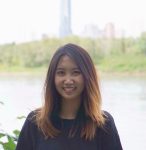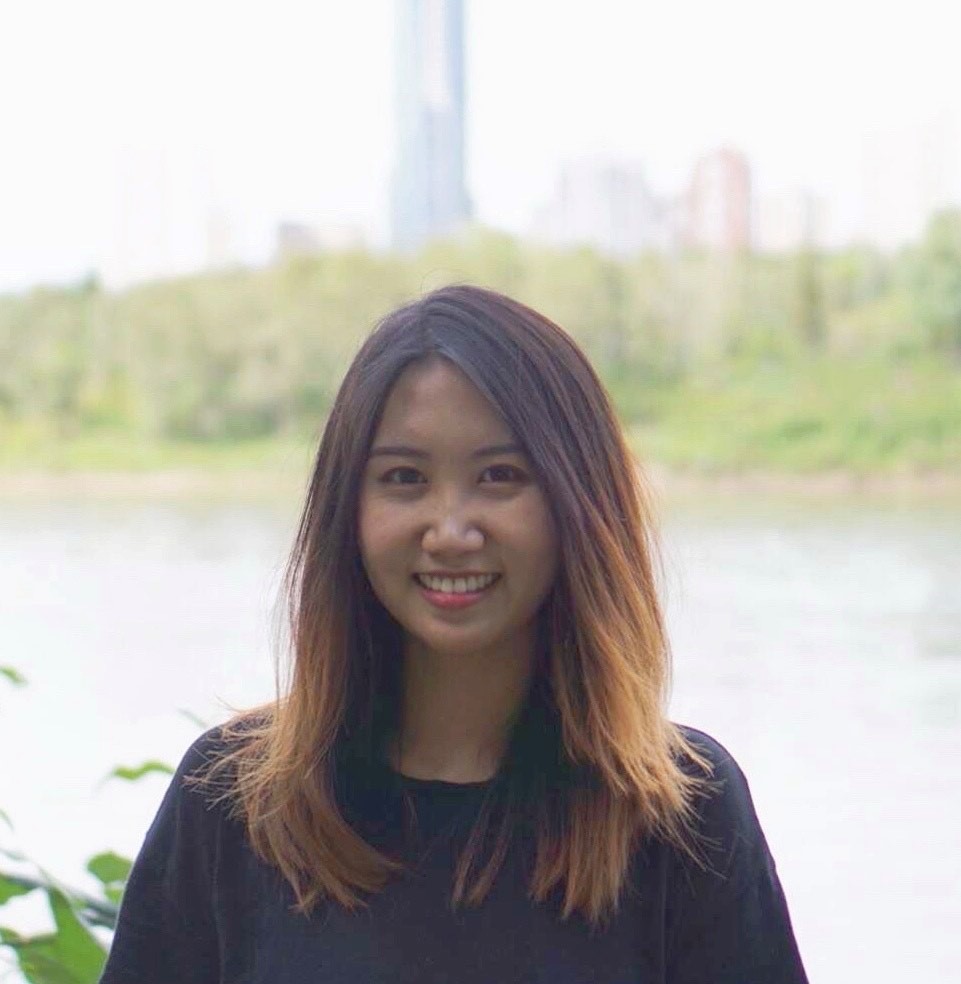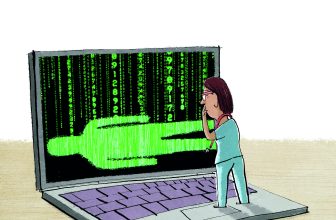
Xiaoyi Lan, PhD – ORS
 Postdoctoral Fellow, Department of Surgery, McGill University
Postdoctoral Fellow, Department of Surgery, McGill University
B.Sc. in Chemical Engineering, University of Alberta
PhD in Civil and Environmental Engineering, Cross-Disciplinary Program, University of Alberta
Who do you consider your mentors?
My mentors have played a pivotal role in shaping my research career and providing guidance at critical stages. During my postdoctoral work, I have been fortunate to work under the mentorship of Dr. Lisbet Haglund and Dr. Jianyu Li, whose expertise and insights have significantly contributed to my current research direction in IVD repair using biomaterials. During my PhD, I was mentored by Dr. Adetola Adesida, who inspired my interest in musculoskeletal tissue engineering, and Dr. Yaman Boluk, who deepened my understanding of material science and engineering. Each of them has influenced my approach to science, from experimental design to fostering interdisciplinary collaboration.
What is your specific area of interest in research?
I’m passionate about bioengineering and its application in developing functional biomaterials to address clinical challenges in musculoskeletal tissue. My research focuses on creating innovative solutions for tissue regeneration, with a primary emphasis on intervertebral disc repair. I’m particularly interested in cross-disciplinary projects that combine biomechanics, cell biology, and biomaterial science. This approach allows for the development of materials that not only replicate the mechanical and structural properties of native tissues but also promote healing and regeneration. By working at the intersection of these fields, I aim to contribute to advancements in regenerative medicine that can address unmet clinical needs.
What are you currently working on?
Currently, I’m working on developing a functionalized injectable adhesive for intervertebral disc repair. This innovative material is designed to restore disc structure and function by providing mechanical stability and a supportive environment for cellular repair. The project leverages biomechanical cues to influence stem cell fate, encouraging differentiation and matrix production to regenerate disc tissue.
What has been the biggest challenge for you lately in your research?
One of the biggest challenges I’ve faced recently is around planning animal studies. It involves a lot of careful preparation to make sure the results are valid and reproducible. Balancing ethical considerations, managing logistics, and designing experiments that realistically reflect human conditions, all while meeting regulatory requirements, has been quite complex.
What projects are you looking forward to?
I am excited about advancing the application of tissue engineering approaches to clinical trials. Translating laboratory innovations into therapies that directly benefit patients is my passion. I’m particularly looking forward to collaborating with clinicians to evaluate the efficacy of biomaterials and regenerative strategies in real-world settings.
What changes would you like to see in the future of the orthopedic research community?
I’d like to see greater collaboration across disciplines to bridge the gap between engineering and clinical applications. Additionally, more emphasis on collaboration between different research institutions around the world could enrich innovation and outcomes.
What do you like to do outside of your work?
I enjoy hiking, snowboarding, and spending time with my dog.
What is the last book you read?
The Three-Body Problem by Liu Cixin. It’s a science fiction story about humanity’s first contact with aliens, mixing concepts in physics and human nature. I watched the Netflix show first, then decided to read the original Chinese version, and I’d definitely recommend it if you like sci-fi books.
What is the most unusual/unexpected item sitting on your desk right now?
My dog named Mario (he’s a Cavalier King Charles spaniel). He loves to cuddle and sit on anything he feels comfortable, including my desk.

 Postdoctoral Fellow, Department of Surgery, McGill University
Postdoctoral Fellow, Department of Surgery, McGill University

